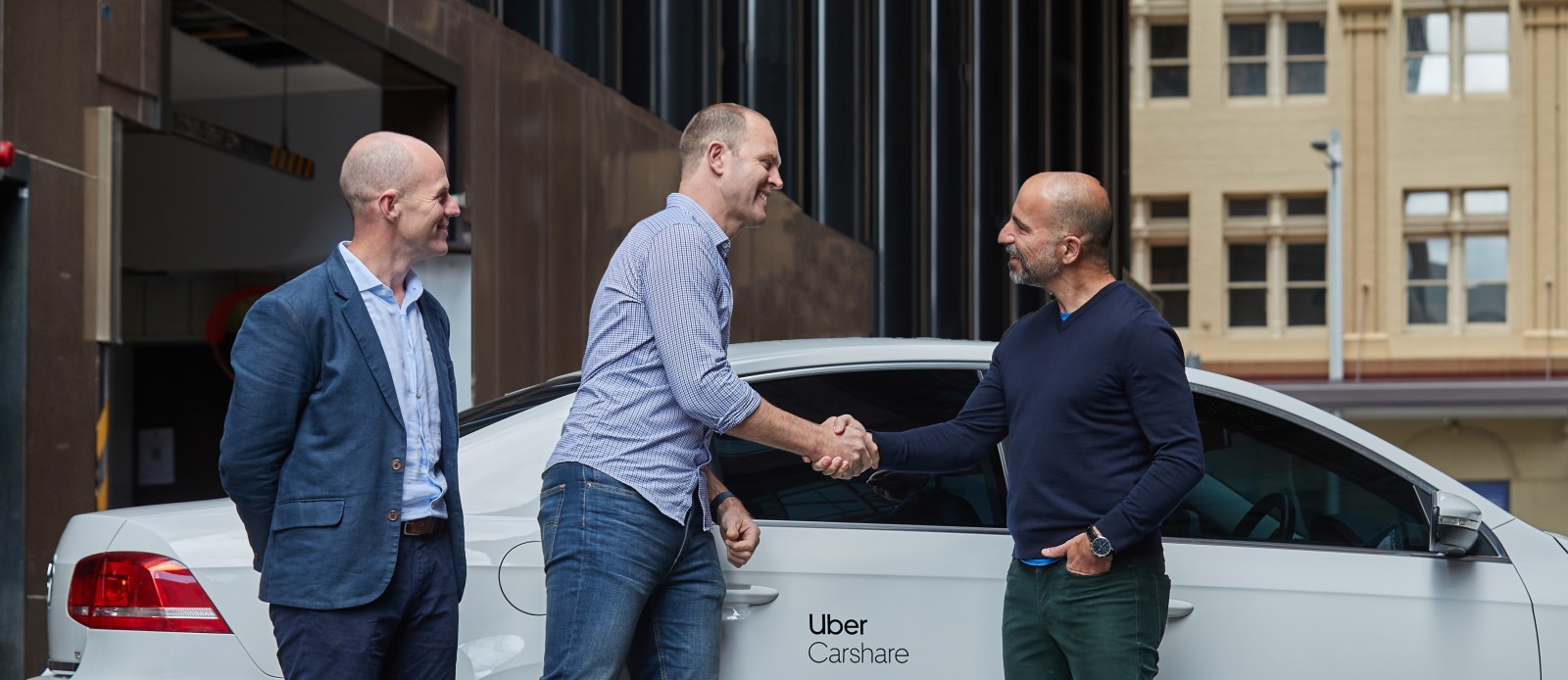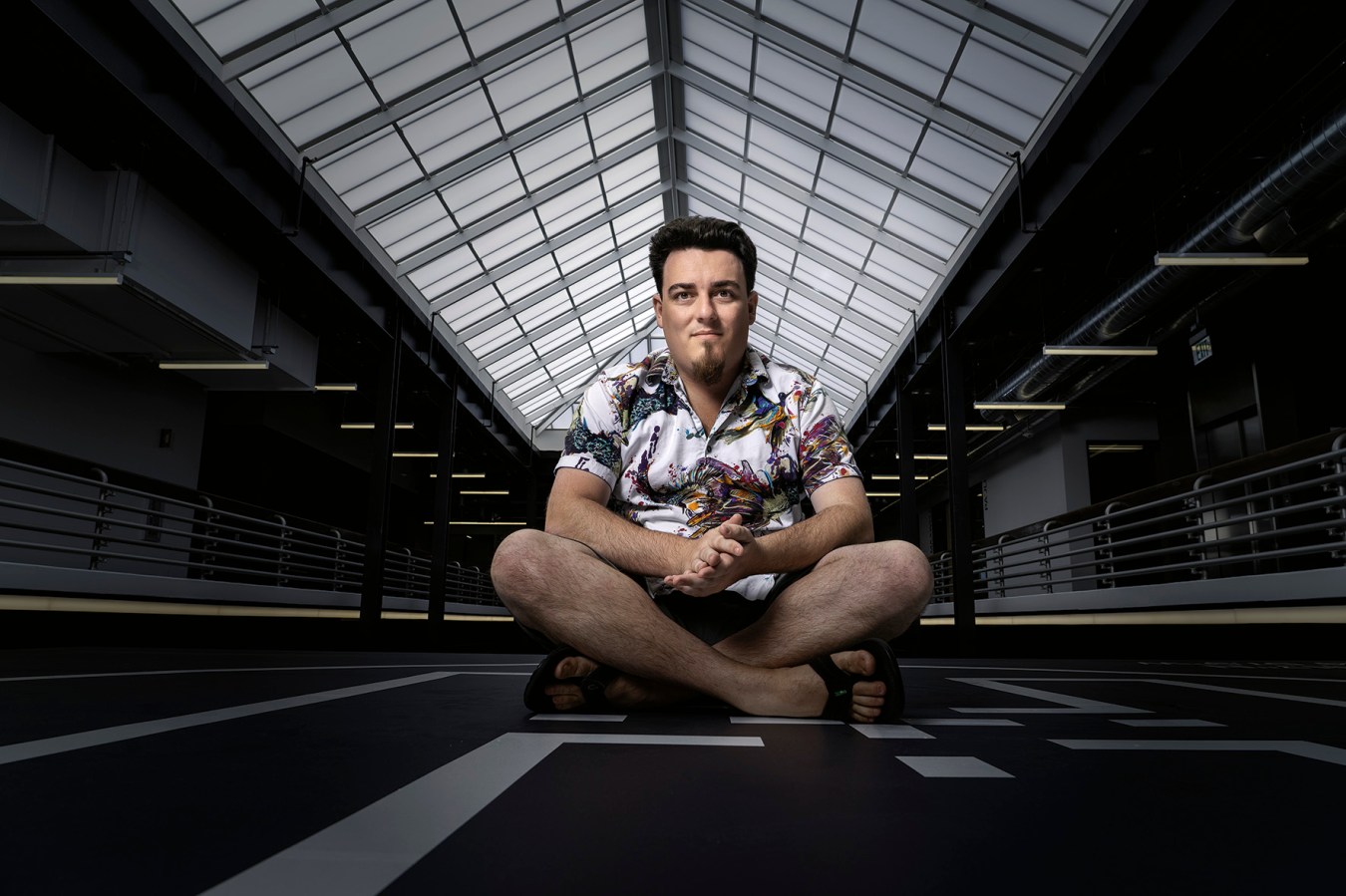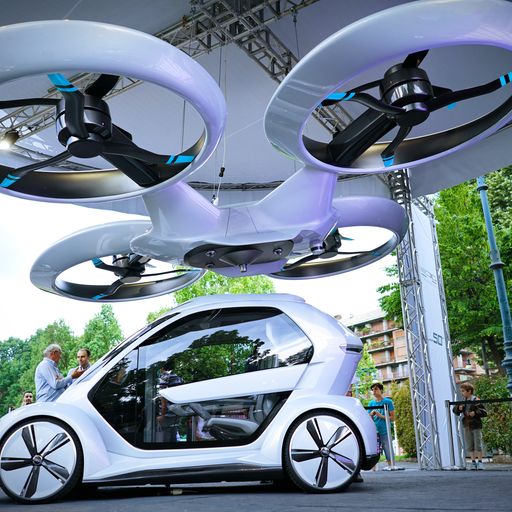With a promise of speed and safety, will Uber Eats robots deliver, and should you tip?
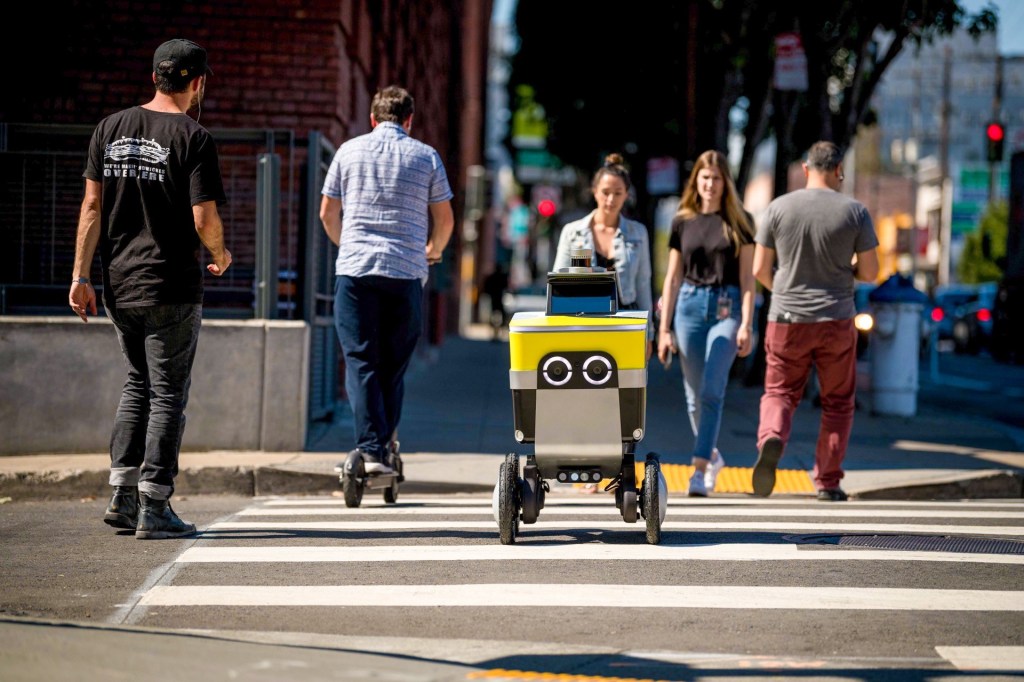
“Sydney” the Uber Eats robot rolls slowly out of the parking lot of a nondescript West Hollywood warehouse, blinks its “eyes” for some pedestrians, turns right, and disappears “into the wild” to start another day’s work delivering food.
With enough charge to last 18 hours or 40km, Sydney won’t be back till late tonight. About 15 of the 40 robots that reside in the warehouse are on the street, working.
Outside Lala’s Argentine Grill on Melrose Avenue, two robots loiter, waiting for a job ahead of the lunchtime rush, then a third appears travelling at about a jogging pace on an empty footpath until it nears some humans. It slows, blinks its eyes, says “excuse me” on its screen and passes slowly, to collect its next delivery, while the other two sit idle.
The customer will receive a notification that their food has arrived and come out to the street to greet it. They will use a code number to unlock the lid of what is really just a super high-tech Esky (cooler) on large pram wheels. It has capacity to carry maybe 10 family-sized pizzas. The customer will take the food and close the lid. If they forget to close the lid, it will give them a beep.
They’ve been known to say “thank you so much” to a human who has helped one stuck on a tricky piece of terrain.
It is no accident that they are given humanlike traits. Their creators want them to be treated like humans in the community, says Dara Kashani, the sales and partnerships lead with the robot’s creator, Serve Robotics. “I’ve seen people on the sidewalk talking to them,” he says.
For crossing roads or handling a complication, a human on a PlayStation controller back at headquarters will take over.
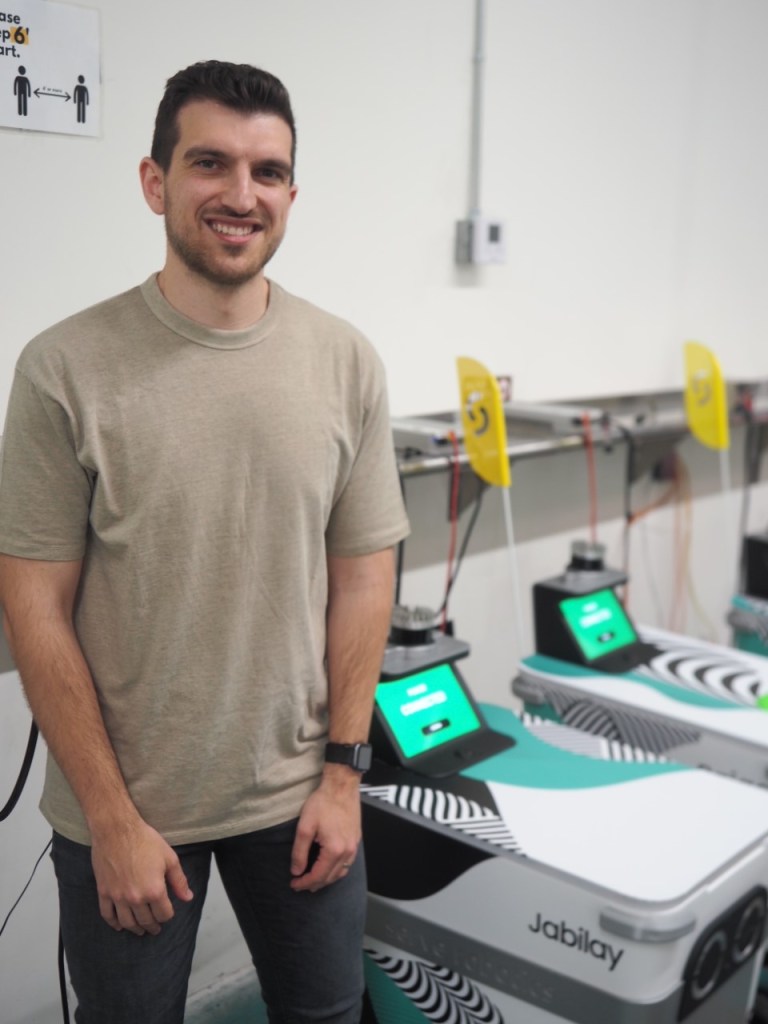
The first-of-their-kind food delivery robots might have already become a mundane sight in the months that they’ve been trialed in this small Los Angeles territory, but for Melbourne boy Dean Apostolopoulos who is overseeing the rollout for Uber Eats, it feels like the fulfilment of all his dreams.
Apostolopoulos, 31, got his first computer at 3 and was the type of kid who’d get up at 3am to watch Steve Jobs’ Keynote addresses.
“That used to be my thing,” he recalls, standing over a line of Uber Eats robots. “Other kids were playing games … That was where I wanted to be – at the forefront of innovation and entrepreneurship.”
By the time he joined Uber six years ago, the tech giant was making big promises about where it was going with automated vehicles and deliveries. “The reason I signed my contract at Uber was because we were in this space,” he says.
“The more drivers, the more robots, we have on the platform the quicker your food gets delivered, the better your experience … These things can go 18 hours without charge.”
– Dean Apostolopoulos, Uber Eats
But by 2020, Uber had sold off its Advanced Technologies Group – which had driven its autonomous vehicle research – for a reported US$4 billion.
But Uber wasn’t finished with robotics and automated deliveries. With drivers reportedly representing 80% of its costs, and having never made a profit despite its enormous market penetration, Uber had little choice.
Uber bought rival Postmates for a reported $2.65 billion last year, which included the Postmates X robotics unit that was renamed Serve Robotics.
It was Postmate that had begun developing the pram-sized bots.
In September 2021, Apostolopoulos was moved to Uber’s product management team and got the news that his destiny awaited. “I think it was my first week after accepting the job I was tapped on the shoulder, ‘there’s five Uber veterans (at Serve) working behind the scenes on renewing Uber’s autonomous mission and we want you to come on the ride.’ That was pretty cool. It was a nice full circle for the six years I’d gone through. It certainly changed my world view. I didn’t appreciate how advanced this technology was. Uber obviously divested from our own tech and we’re now building with these partners.”
In nearby Santa Monica, Uber is also trialling larger autonomous vehicles through the company Motional, which uses converted Hyundai IONIQ5 electric cars (with a human still required on board, just in case).
Earlier this month they announced a 10-year partnership with Nuro to do autonomous deliveries in Mountain View, California, later extending to the rest of the San Francisco Bay area, and in Houston, Texas.
Nuro’s robot vehicle is about half the size of a standard car and has no space for a human, meaning it can use every inch for cargo. It already has approval to drive on roads in California, Arizona and Texas and will begin delivering in parts of those states soon.
As to which of these technologies will come to Australia, Apostolopoulos says that will depend on how the current tests pan out, and there are many more such tests to come. “Winning is about having every single autonomous player on the platform because then the network is out there. Well maybe not every player. We want them to be safe, reliable and sustainable.”
As for when the Uber Eats robots might come downunder, he won’t say that either. Just that it’s a matter of when, not if.
Given that Melbourne was the third city in the world to have Uber Eats, and that Uber has chosen it to lead the way in its new airport and stadium technologies, along with its flat, grid-like streets, it might be a pretty safe bet to suggest Melbourne might see autonomous deliveries first.
Apostolopoulos says it’s less about removing human drivers from the road than it is about “augmenting them”.
“Autonomous vehicles will remain as supplemental suppliers for many years to come. We’re in the infancy … the more drivers, the more robots, we have on the platform the quicker your food gets delivered, the better your experience … These things can go 18 hours without charge. I can’t.”
Earlier this month, a Serve robot made the news when footage of it passing under police tape at a suspected shooting at Hollywood High School went viral, amassing 750,000 views.
It shows the Uber Eats robot advancing towards the tape, which is then lifted by a person. The robot crosses the road and passes a group of about a dozen police officers who ignore it.
The robot was not to blame, a Serve spokesperson explained. A human was driving it remotely when the decision to cross the tape was made.
Serve has a policy that humans are always in control or monitoring when their robots cross streets.
Update
Uber and Serve announced in May they would be increasing their army of Uber Eats robots to 2,000 across North America.
